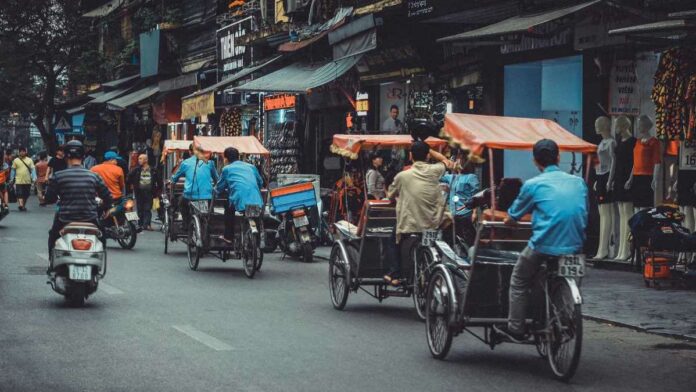After living there for nearly three years, I’d say there isn’t one single best time to visit Vietnam. Spring (March-April) has the best weather for your trip across the entire country but visiting at any point during the year will leave you speechless. The unique landscapes and exciting culture will take you by surprise, along with the sheer generosity and kindness of the Vietnamese people.
However, there is a monsoon season in Vietnam that spans completely different months, depending on whether you are in the North or the South. So if you’re not a fan of rain or humidity, then the best time to go to Vietnam will vary.
We’ve put together information on the best time of year to visit Vietnam and the various things you can do along the way.
So what is the best time to visit Vietnam?
The weather in Vietnam
Best time to visit Vietnam by month
- January – For river cruises and bright sunny days
- February – For a perfect beach holiday
- March – To meet fellow backpackers
- April – To explore the northern mountains
- May – For the exploration of indoor destinations
- June – To save money during the low-peak season
- July – For the beaches in Central Vietnam
- August – To catch a rare glimpse of sea turtles
- September – To enjoy the Mid-Autumn festival
- October – To hike through rice fields
- November – To soak up some sun and enjoy boat racing
- December – To celebrate the new year and enjoy beach parties
The weather in Vietnam
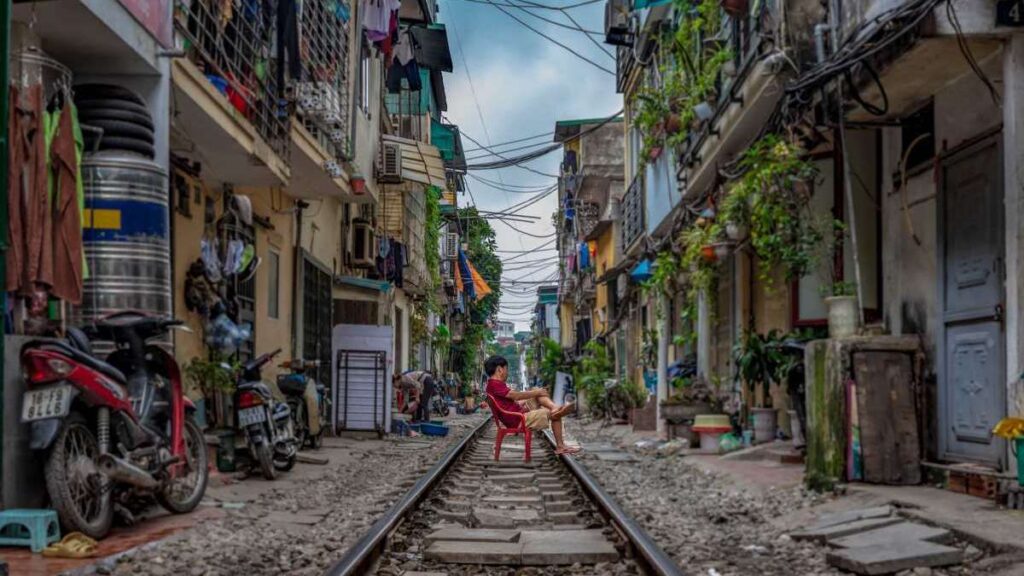
The country is broken down into three main regions, North Vietnam, Central Vietnam, and South Vietnam. The best time to travel to Vietnam and these specific regions will depend on whether you’re seeking a journey into the beautiful mountains and surrounding countryside, or want a beach holiday.
North Vietnam (Sapa, Hanoi, Halong Bay)
Generally, the North has two seasons. It is hot from May to October, but this leads to an increase in humidity and significant rainfall. Things cool down from November to April, and it can drop below 10°C. The cooler temperatures also bring less rain.
If you want to experience the sights of Sapa, Hanoi and Halong Bay, plan your visits during spring (March to April) and autumn (September to November), when days are generally warm and sunny.
Central Vietnam (Hue, Hoi An)
This region sees a long summer season that spans from January to August. It is generally dry, and temperatures range from 21°C to 35°C. However, despite the increase in rainfall from September to December, central Vietnam remains warm.
Coastal cities like Hoi An are prone to experiencing typhoons between August to November though it’s hard to predict such weather. The best time to visit Central Vietnam? July and August, often filled with sunny days of 30°C (86°F) – perfect for exploring the region.
South Vietnam (Ho Chi Minh City, Mekong Delta)
The best time to travel to Vietnam in the southern regions would be between November and April. It’s dry with temperatures of around 30°C every day. May to October see the wettest months but remain hot.
If you’re looking to capture some beautiful photography, it’s worth visiting South Vietnam during the monsoon season as the emerald green of the rice fields and the sight of thunderheads above the Mekong River can be a sight to behold.
Best time to visit Vietnam by month
Enjoy river cruises and bright sunny days in January
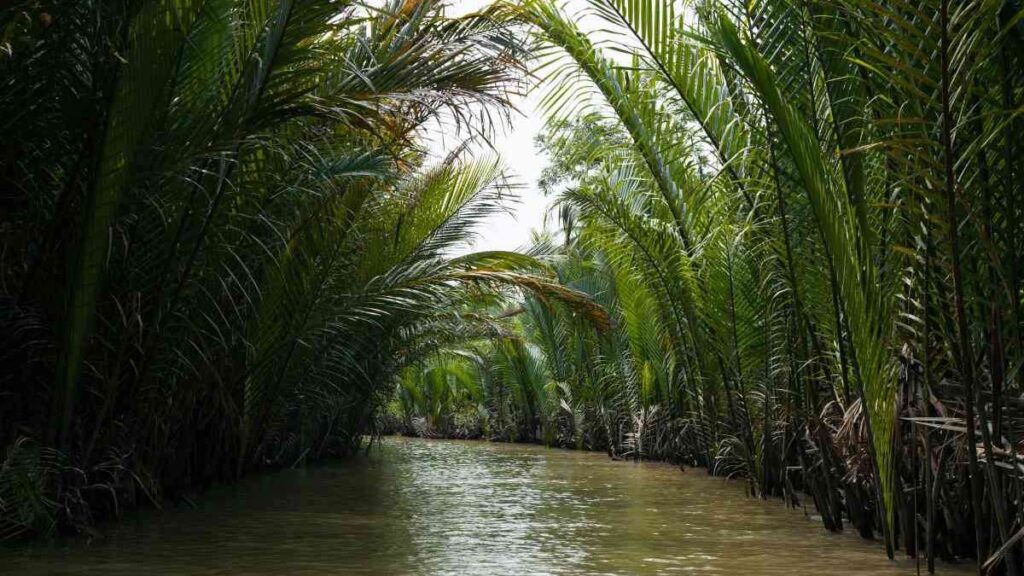
January is the best time to go to Vietnam if you want to check out the Mekong Delta. River cruises are in full flow, and the sun will be shining in the south. It’s also an excellent opportunity to go to Sapa and Ha Giang and do some treks in the North, although you will need a jacket as temperatures drop.
Tet, the Vietnamese Lunar New Year, typically falls in January or February. The country comes alive with red and yellow, as they are symbols of good luck. You’ll see shows and dragon performances throughout any of the major cities.
Be warned, things can close down for at least a couple of days as the Vietnamese take it as much needed time off.
For a perfect beach holiday, February is the best time to visit Vietnam
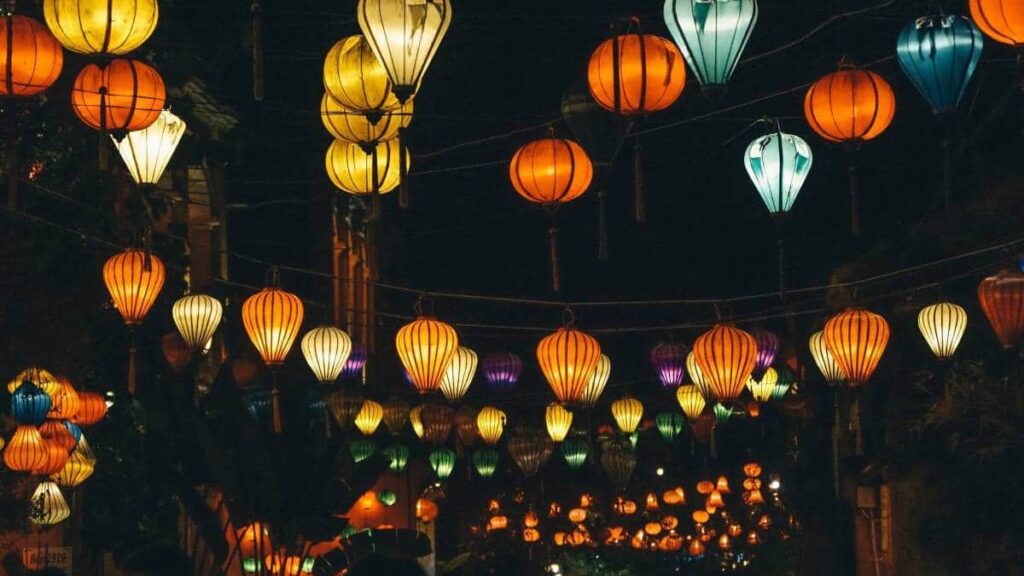
With average temperatures sitting around 25°C, February is the best time to travel to Vietnam for some sun. The central beaches of Hoi An, Danang, and Nha Trang are perfect for a relaxing beach holiday. Trips into the mountains are also more comfortable as the temperatures in the north rise slightly.
The Lunar New Year can also fall in February, so make sure to check out the celebrations wherever you are.
Meet fellow backpackers in March
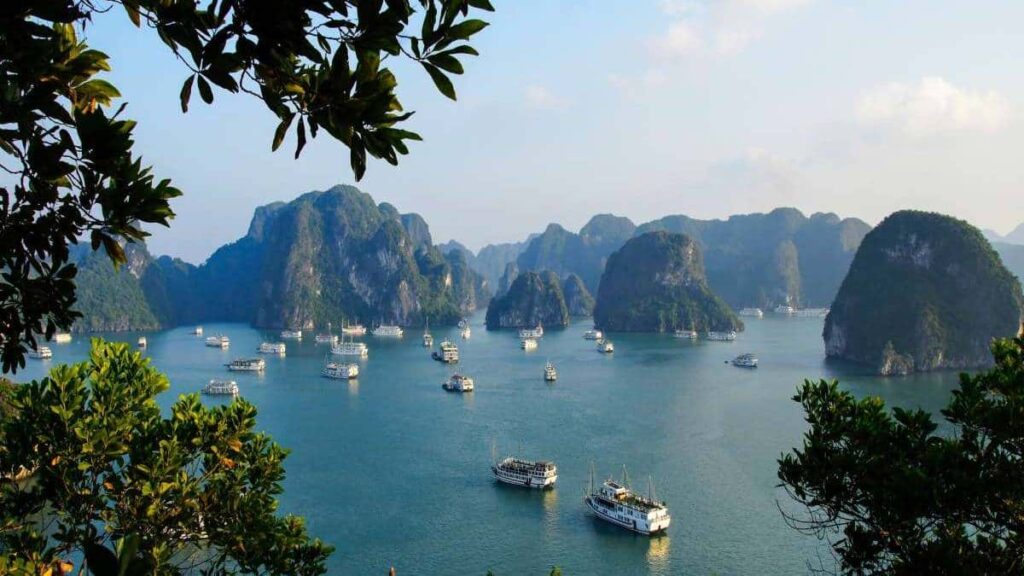
If you are seeking the quintessential Southeast Asian tourist atmosphere, March is the best time to go to Vietnam. It’s peak season and great for backpackers looking to meet others as they journey the country. As the haze in the North clears in March, it’s the best time to visit the iconic Halong Bay and take an overnight boat tour.
If you are looking for something different, there is the Phu Giay Festival, which takes place at Phu Giay Temple. Situated in the North, this festival celebrates Lieu Hanh, one of the Vietnamese lore’s immortal gods.
Explore the northern mountains in April
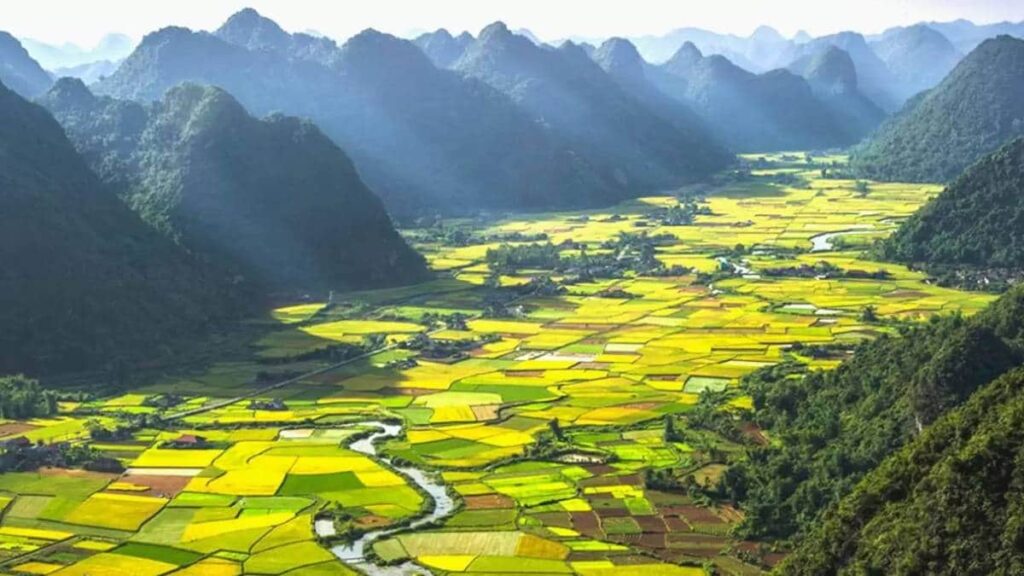
Hike through paddy fields and take a trip to one of the traditional villages in the North of the country. The weather is perfect at this time of year, and you’ll get amazing views of the mountains.
If you are looking to take advantage of the sun, I recommend Danang in the country’s centre. It’s still hot, and the rain won’t have started yet, unlike in the south.
Make sure to visit the Hung Temple just north of Hanoi to celebrate the Hung Festival. Revellers mark the birth of the first monarch in Vietnam.
READ MORE: Discover the best places to visit in Vietnam you can’t miss during your trip
May in Vietnam is rainy, perfect for exploring indoor destinations
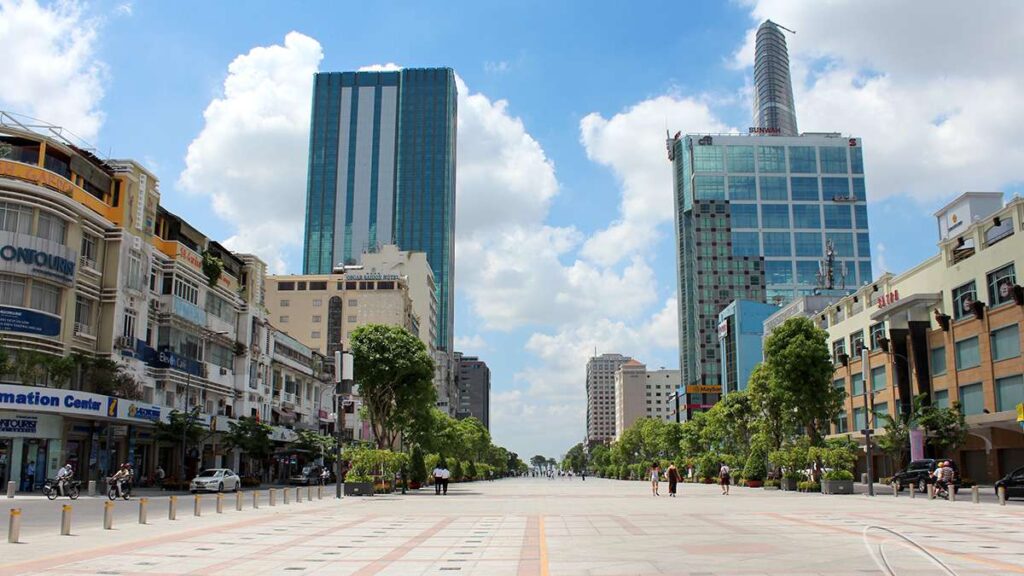
The showers start at this time of the year, so it isn’t the best time to visit Vietnam if you can’t hack a downpour or two. Luckily, the rain never lasts long, so it’s the perfect chance to duck in and out some of the museums in Saigon and learn about Vietnam’s rich history.
Labour Day falls in May so you’ll see some sort of fan, I recommend going to Nguyễn Huệ Walking Street in Saigon to take in some singing, dancing, and general Vietnamese antics.
Save money during the low-peak season in June
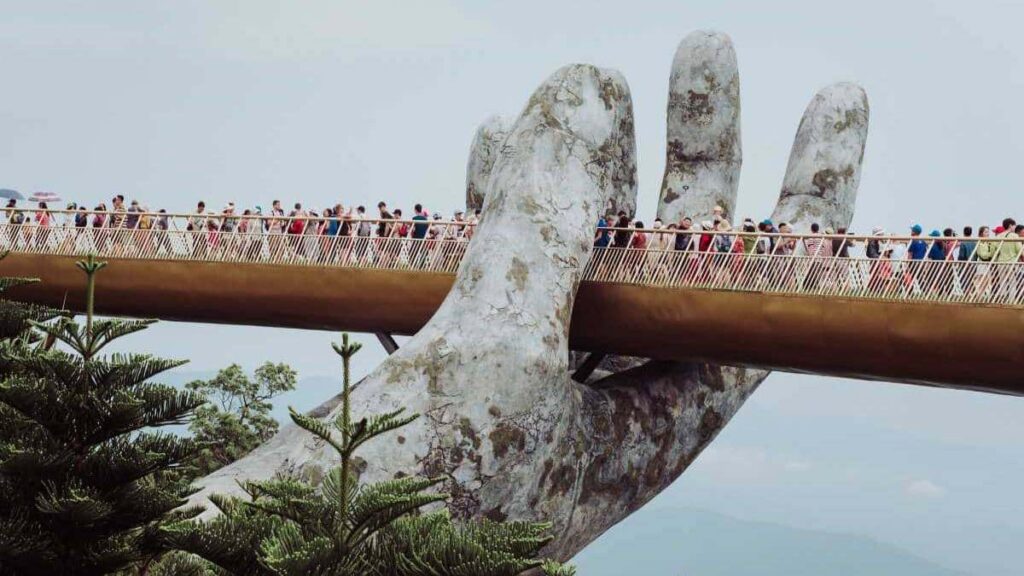
June is the best time of year to visit Vietnam if you are on a budget. The low-season means you can grab a bargain before the European school holiday starts.
Check out Hoi An, it has the least rain this time of year, and the old town is perfect for exploring by foot. Nearby is the Golden Bridge on Ba Na Hills, it’s a giant hand that has been constructed on top of a mountain and is a must-see.
Beaches in Central Vietnam are great in July
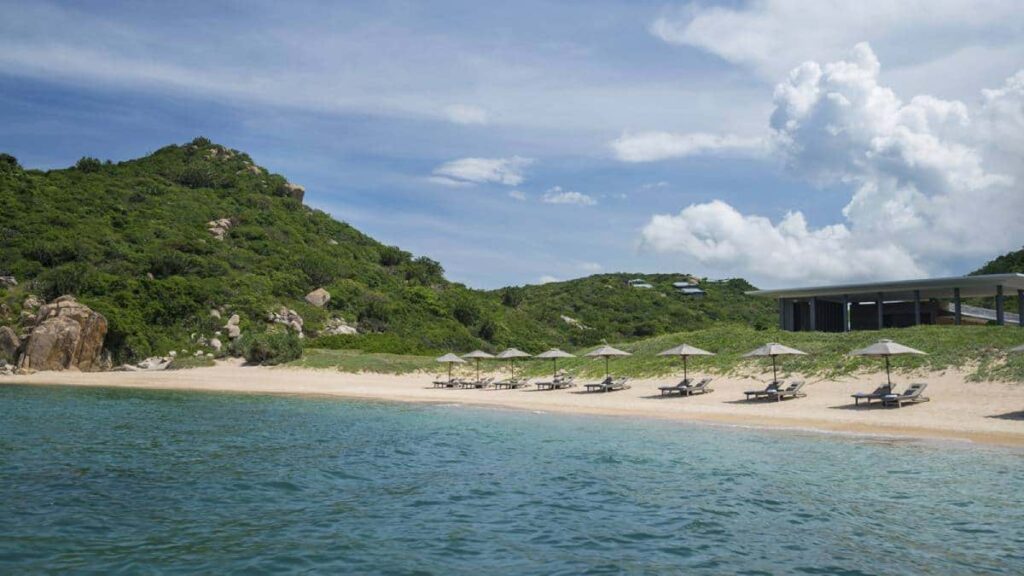
Again I’d recommend a beach holiday in the central regions at this time of year. With temperatures around 31°C, it’s the perfect time to work on your tan.
Avoid Dalat because of the beautiful mountains there are shrouded in clouds, and you won’t be able to hike. You’ll have to stomach some downpours, but they never last long.
Catch a rare glimpse of sea turtles in August
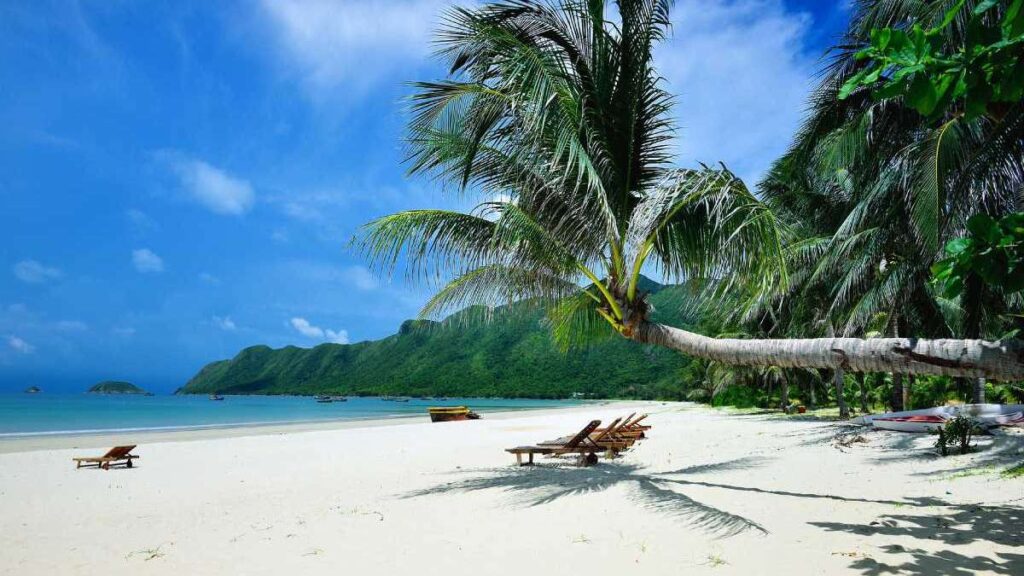
If you want to see a bit of wildlife, August may be the best time to visit Vietnam. On Con Dao island, you can catch a rare glimpse of sea turtles hatching and trying to make their way to the nearby ocean.
You’ll also get to embrace a bit of culture with Tet Trung Nguyen. It’s the Feast of the Wandering Souls, and it’s a time for forgiving condemned souls. Family’s prepare a nice meal, and you are likely to see fake money burning in piles everywhere around the city as a tribute.
Enjoy the Mid-Autumn festival in Vietnam in September
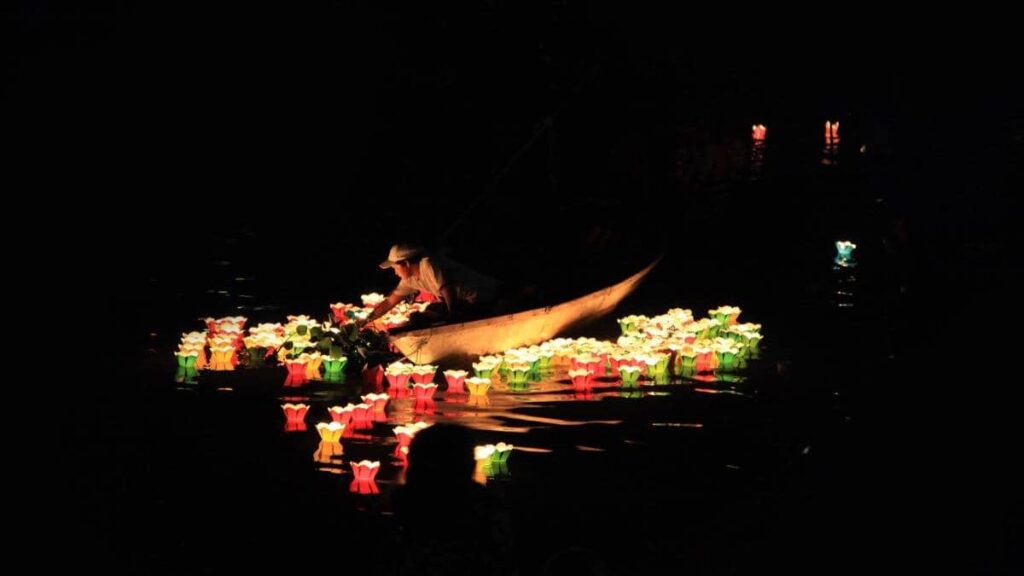
You may be able to get in the last bit of sunbathing on the central coasts this year, but the North and south will be undoubtedly wet. Hotels tend to be pretty good value at this time of year, so it’s one of the best times of year to visit if you want to keep costs low.
The Mid-Autumn Festival falls on the full moon between September and October. It celebrates the harvest and is a time for gathering with family and giving thanks. I highly recommend watching one of the many dragon dances around the city, the acrobatics are incredible.
Hike through rice fields in October
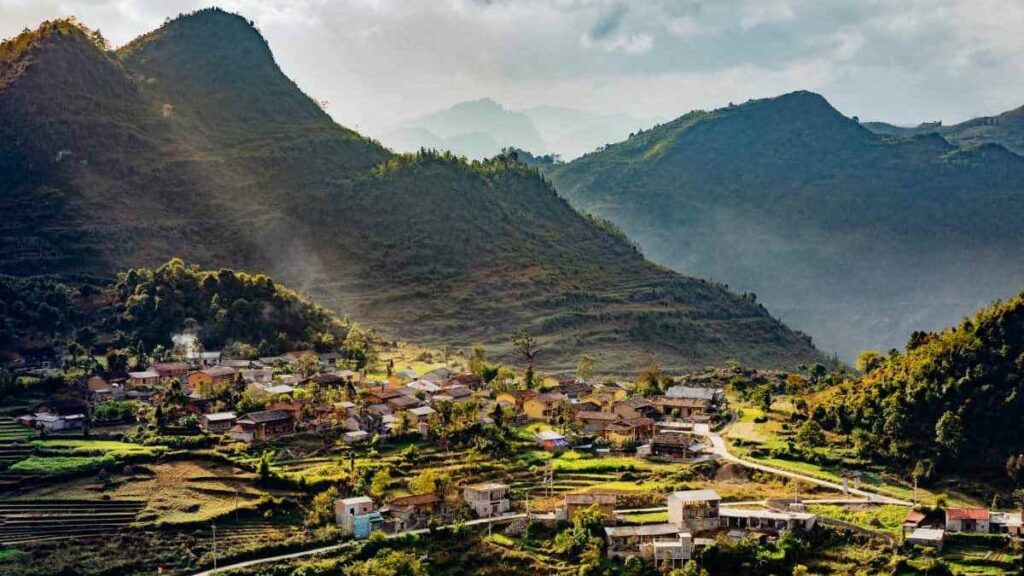
In the North, the rain starts to subside in October, making it a perfect time to travel to Sapa and visit Mu Cang Chai to hike through the rice fields.
If you are feeling adventurous, rent a motorbike and take the trip to Ha Giang. The route borders China and is the trip of a lifetime, and you’ll need at least four days to get it done.
Soak up some sun and enjoy boat racing in November
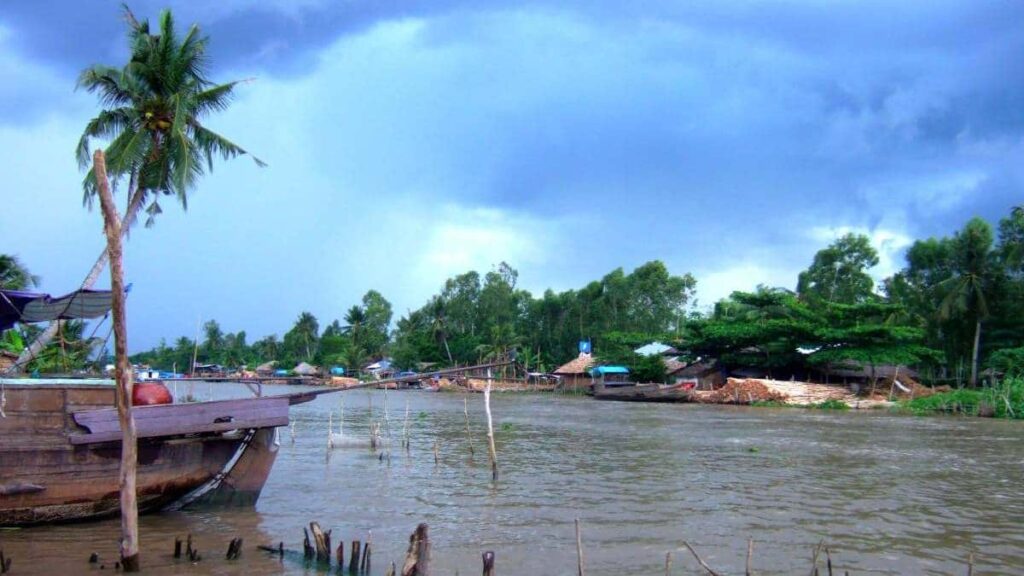
Soak up some sun before the Christmas holidays back home, and the rush of December starts. The sun returns to Vietnam as rainfall decreases. The lack of humidity and rain make adventures in all regions of the country possible.
For something a little different, check out the Oc Bom Boc Festival. It’s a boat racing extravaganza in Soc Trang, which is based in the south.
Celebrate new years and enjoy beach parties in December
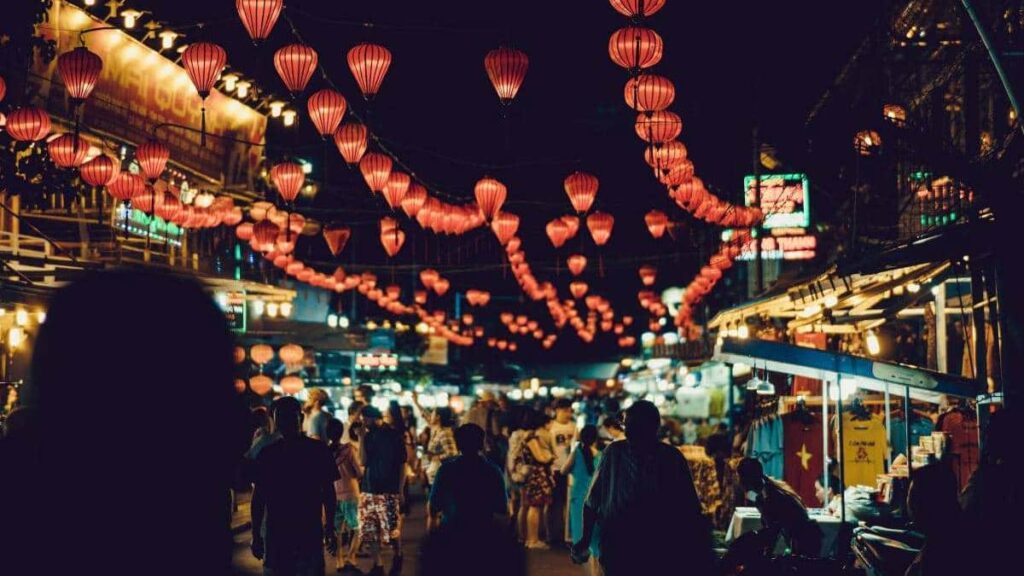
It can get fairly busy in December as a lot of Europeans escape the harsh winters back home. I spent New Year on Phu Quoc in 2019 and would recommend it to everyone. For the partiers among you, there is EPIZODE, a two-week-long festival set on a stunning beach.
The best time to go to Vietnam
I lived in both the North and South of Vietnam, and honestly, there isn’t one best time to go to Vietnam. Each of the regions comes alive at different points of the year, and regardless of when you go, there will be something for you to do.
You’ll never be truly short of any sun, and I find the rainy season is perfect for hiking. The staggered rainy season in Vietnam means that some beach time is always an option whatever time of year you go. So what are you waiting for? Start your next Asian adventure.
Check out our Vietnam Travel Guide for tips on everything you need
to know when planning your trip to Vietnam so you can make the
most of your time in this beautiful country!

